The Nikon Nikkor Ai-S 85mm F2, a highly popular manual focus prime, is an excellent choice as your first telephoto lens. The lens enjoys a fine reputation for its sharpness and is a clear favorite among many Nikon followers.
Coming in with a rich and colorful background, the original version of this lens can be dated back to Nikon's rangefinder days. Its development was carried over to the Nikon 35mm photographic system and the F-mount system with the introduction of the Nikon F camera in 1959.
It is also worth noting that the Nikon F-mount system is one of only two SLR lens mounts, the other being the Pentax K-mount, which stayed true to its mount format while being developed to meet the requirements and advancement in metering, autofocus, and aperture control. Over its production run of over 5 decades, Nikon has produced over 400 different Nikkor F-mount lenses that are compatible and usable with photographic, scientific, and industrial applications.
The Ai-spec series of this 85mm telephoto lens was first Introduced in 1977 while the Ai-S version, the last series of this manual focus lens was introduced in late August 1981. There were no major differences in specifications between the earlier and later versions as the Ai-S lens was a direct upgrade of the AI version.
Both versions are solidly built and like other Nikkor lenses produced those days, the construction is all metal and glass, and the quality feel is all over. The coating on the front element of the Ai-S lens has a deeply pinkish cast, which distinguishes itself from the previous AI version which has a greenish coating.
Optically, both series of lenses have similar optical designs of 5 elements in 5 groups, and they even weigh similarly at around 310 grams. The lens is normally supplied with a snap-on HS-10 lens hood which can be stored in the reverse position when the lens is not in use.
Mounted on the 2x cropped-sensor Olympus PEN E-P5, the lens is compact and handy 170mm telephoto equivalent. While I find that this setup is almost at the limits of handheld usability, a pair of steady hands will prevail and a bit of lateral support will reward you with steady image captures.


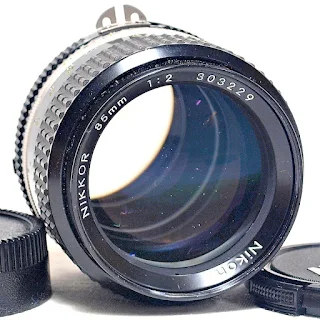
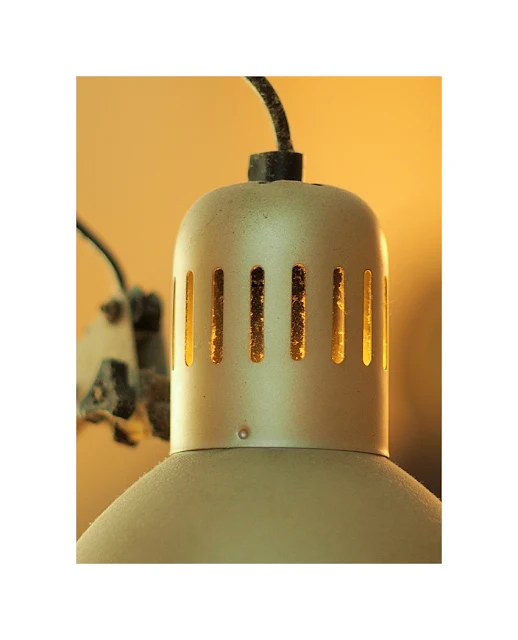
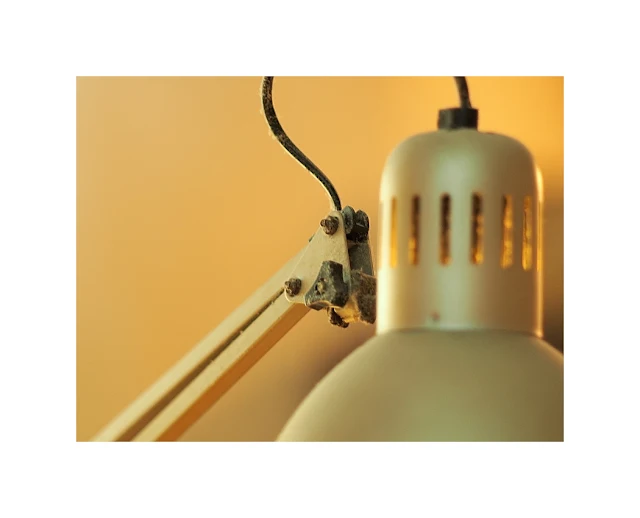
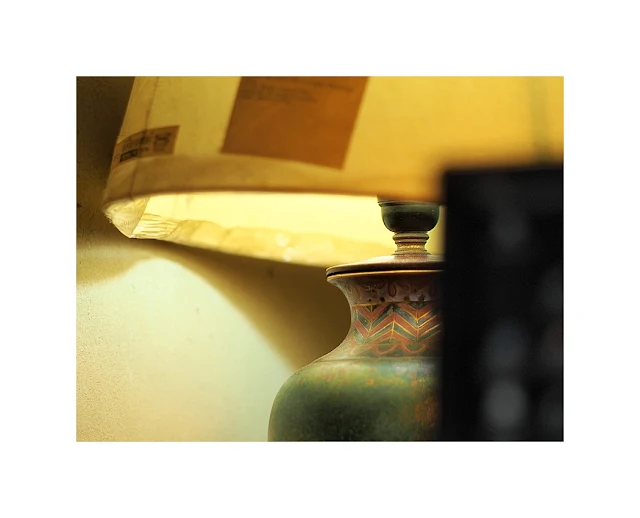
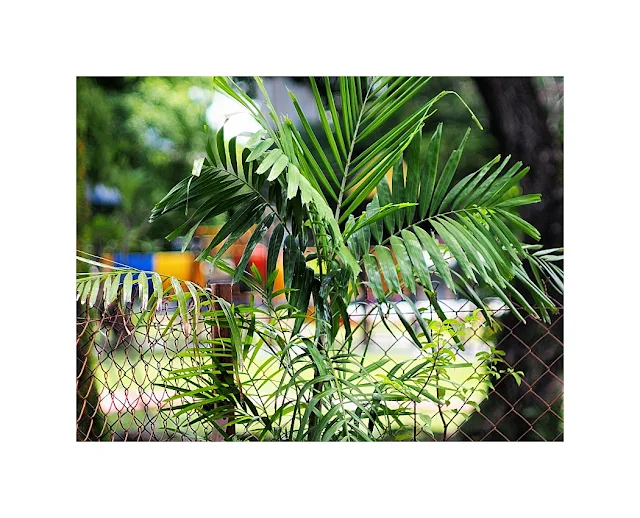
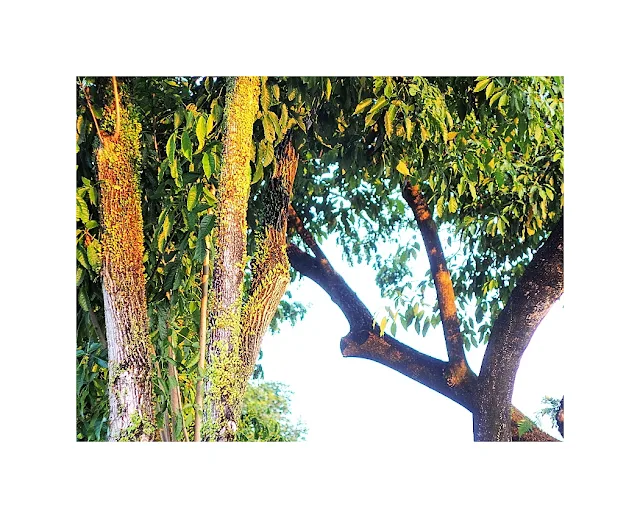



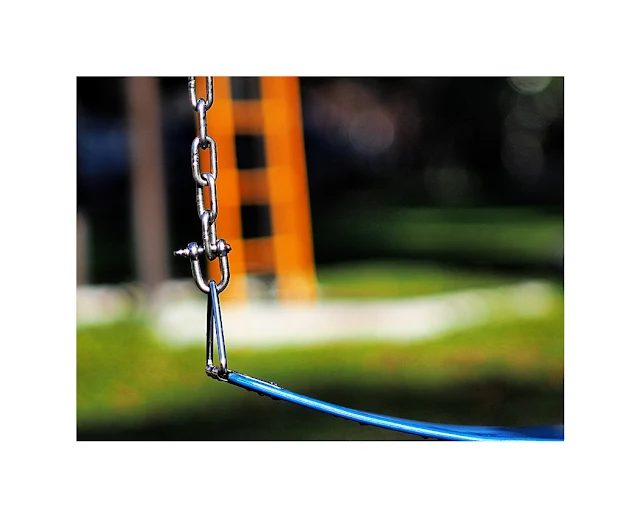
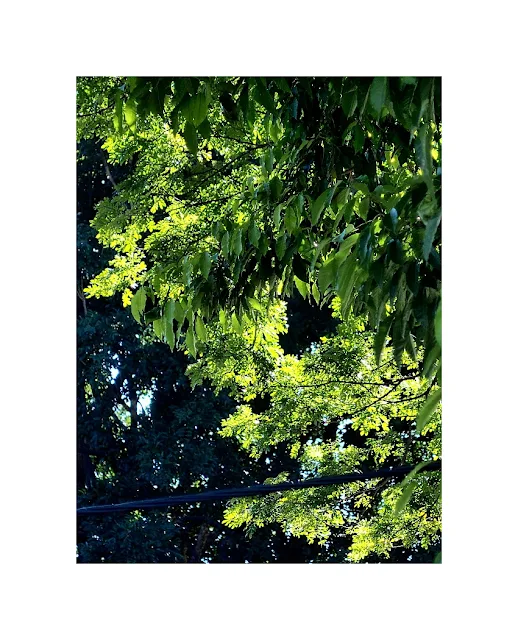
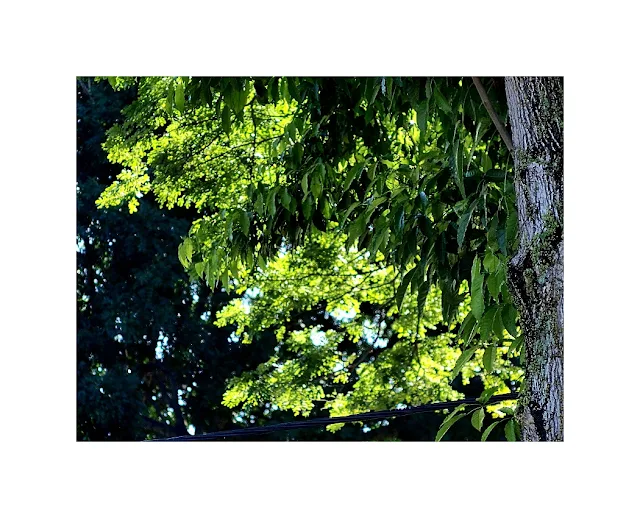

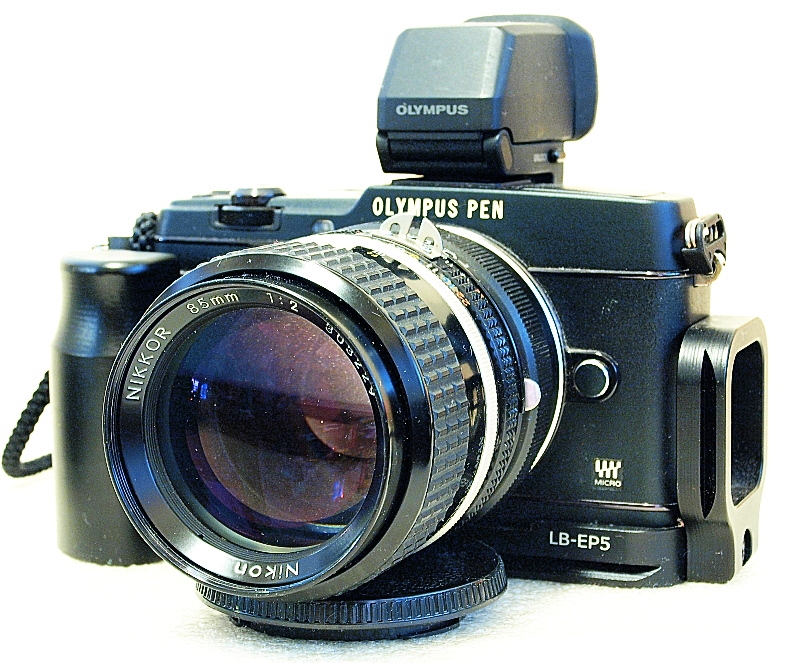










No comments:
Post a Comment